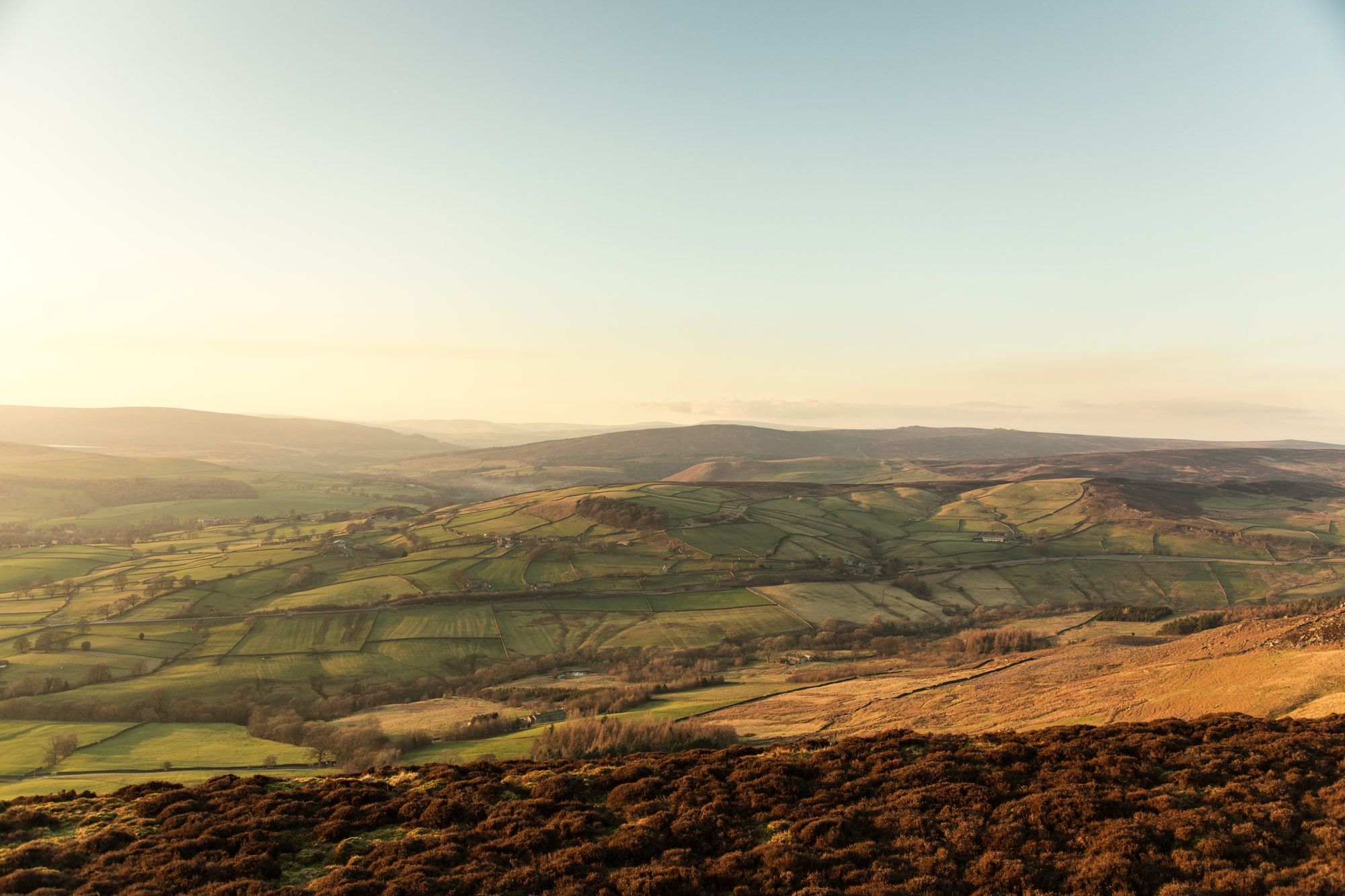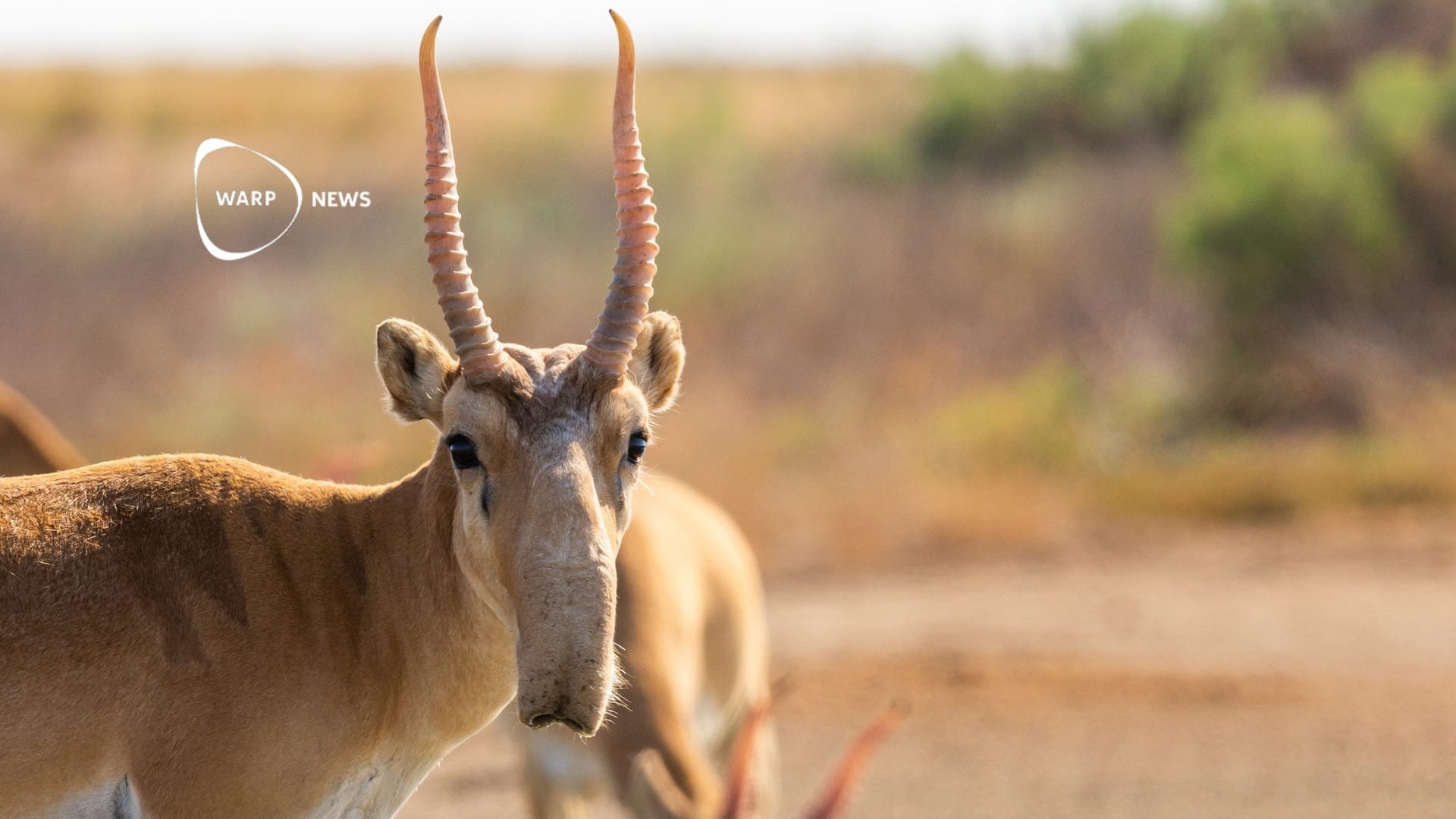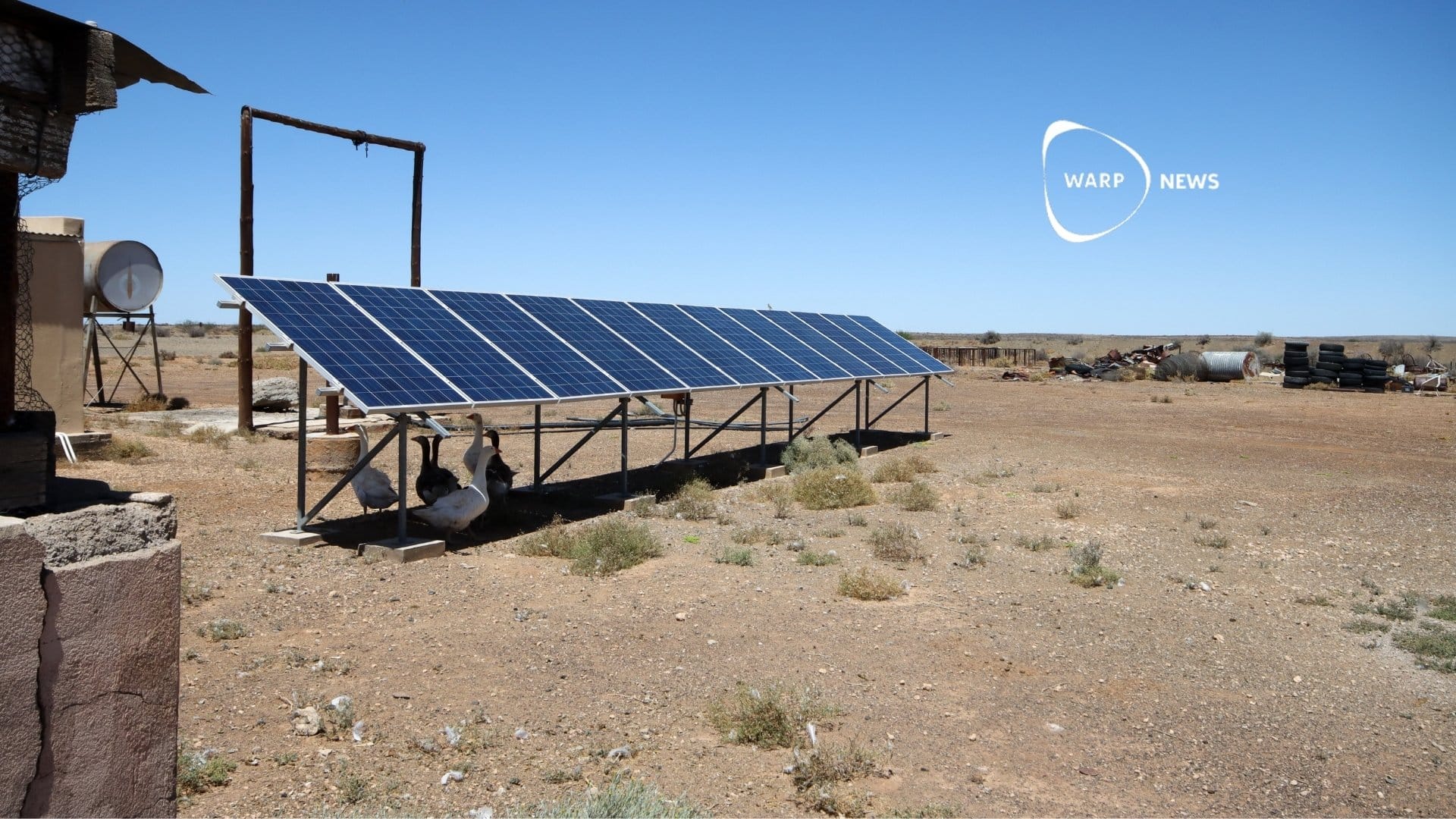
🐿 3000 acres are given back to wildlife – England launches massive restoration project
England announced a large-scale nature restoration project that might help protect the region from flooding as well as absorbing CO2 and boost biodiversity.
Share this story!
Last week, England announced that they are starting an expansive rewilding initiative on the beautiful but sadly barren landscape of the Yorkshire Dales. The Yorkshire Dale landscape is famous for its bleak beauty caused by overgrazing. Due to this, many native species can’t flourish in the landscape.
The project is called The Wild Ingleborough initiative. It is led by Yorkshire Wildlife Trust (YWT), is in partnership with Natural England, The University of Leeds, the United Bank of Carbon, the Woodland Trust, and finally, the World Wildlife Fund (WWF). The goal is to offer an “alternative future” for the 3 000 acres of land. Hopefully, it will result in a diverse and thriving ecosystem occupying the area once more.
The Wild Ingleborough project aims to restore the overgrazed peatlands as well as expand the native woodlands. Both of these will provide a natural habitat for native animals such as red squirrels, cuckoos, and black grouse and, in addition, act as carbon sinks. Approximately 30 000 trees will be planted to speed up the process. However, the main plan is to let most of the new woodland bounce back on its own by simply giving wild species space and the opportunity to reclaim the territory.
“Ingleborough is one of the most iconic and cherished landscapes in our great county,”
said Rachael Bice, CEO of the Yorkshire Wildlife Trust to Positive News.
“By intervening carefully, we will see the landscape of the dales transform; restoring natural processes and communities of plants and animals, which will help to secure and enrich the future of Yorkshire’s residents and visitors too.”
She added.
The chief executive at WWF, Tanya Steele agrees with Bice and says:
“Through this project, we want to show that a wilder world is a more stable one, with nature more resilient and able to adapt to change. We hope to create a rich, diverse landscape for people and wildlife to thrive.”
A great thing about this project is that besides absorbing CO2 from the atmosphere and boosting biodiversity, it could actually help protect the area from flooding. Alongside that, it may also attract more tourists to the area now that more and more people have become interested in nature restoration projects.
The Optimist Daily writes, “In fact, tour guides in Europe are now being taught about the potential of rewilding initiatives to draw tourists to remote areas through a new training initiative led by Rewilding Europe. The program hopes that remote communities can benefit environmentally and economically from rewilding projects.”
By becoming a premium supporter, you help in the creation and sharing of fact-based optimistic news all over the world.


